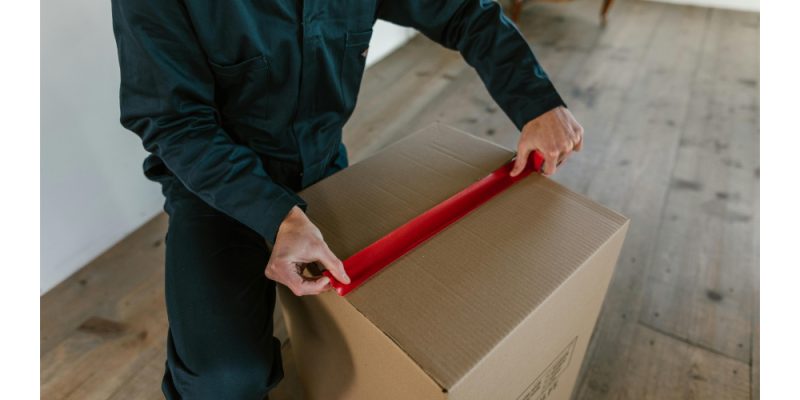It’s kind of funny how a small thing like tape can change how people see your brand. Most folks probably don’t think twice about what holds their box together. But if you’ve ever ordered something online, you know the box kinda sets the tone before you even see what’s inside.
Now more brands are quietly changing how they pack their stuff. They’re ditching plastic tape and using water-activated tape instead. Not because it looks cool or trendy—but because it actually works better. And yeah, water activated tape manufacturers are getting busier now that people are finally starting to notice the difference.
Why Smart Brands Are Switching to Water-Activated Tape?
That’s what most people would say. But honestly, it’s not “just tape” anymore.
When someone gets a package, the first thing they touch is the box. If it’s sealed tight, looks clean, and feels strong, it tells a little story. It says the company gave a damn. They didn’t just toss your order in and slap some shiny tape on it.
Water-activated tape makes boxes look neat and professional. No layers and layers of plastic, no corners peeling off, no mess. Just a strong, clean seal that holds until the moment it’s meant to be opened.
What’s So Special About It?
Well, for starters, it actually sticks. Once the tape is wet and put on the box, it doesn’t just sit on top. It fuses into the cardboard. Try opening that without making it obvious. You can’t. That’s the beauty of it. It’s super strong and way better at stopping tampering than regular tape.
And then there’s the look of it. Water-activated tape is paper-based, so it blends in with the box. It feels natural. Like it belongs there. That might sound small, but people notice. Especially now, when “unboxing” is kinda part of the shopping experience.
It’s Not Just About Looks Though
Here’s the thing—this tape is also better for the environment. Which matters. A lot.
People are tired of plastic. They don’t want to deal with pulling plastic tape off a box just to recycle it. And let’s be honest, half the time they just throw the whole thing away because it’s too much trouble.
But with water-activated tape, it’s just paper. You leave it on. Toss the box into the recycling bin. Done. No guilt. No plastic waste.
That might seem like a small thing, but small things add up. Especially when you’re shipping hundreds or thousands of orders a month.
Makes Life Easier Too
If you’ve ever packed boxes—like really packed them, not just one or two—you know how annoying regular tape can be. You pull it, it rips weird, the roll slips, you need two hands… it’s a whole thing.
With water-activated tape, you cut one strip, wet it, and it’s good. That’s it. No going around the box three times. No layering. It’s clean and fast.
That might not mean much for small shops. But in a warehouse? That’s a game changer. Less tape wasted. Less time spent fixing bad seals. Less frustration.
So Why Aren’t More People Using It?
Honestly? Habit. That’s all. People do what they’ve always done. Plastic tape has been around forever. It’s cheap. It works. Kinda.
But more brands are waking up. They want to look better. Be more eco-friendly. Stop dealing with returns from busted boxes. And yeah, give their customers something that feels better when they open it.
It’s not about being trendy. It’s about doing things smarter.
What It Really Says About a Brand?
At the end of the day, switching to water-activated tape says something simple: we care. We care how our products arrive. We care about waste. We care about what customers think—because they do think about it.
It’s one of those things that most people don’t expect to notice… until they do. And once they do, they don’t forget.
You don’t have to shout about it. Just make the change. Seal your boxes right. Keep it clean. Keep it strong. Let the tape do the talking.
And if you’re in India and looking into better packaging choices, the Indian Institute of Packaging (IIP) is doing a lot of good work around sustainable packaging materials. It’s worth checking out what they’re saying—it’s clear this change is more than a phase.




